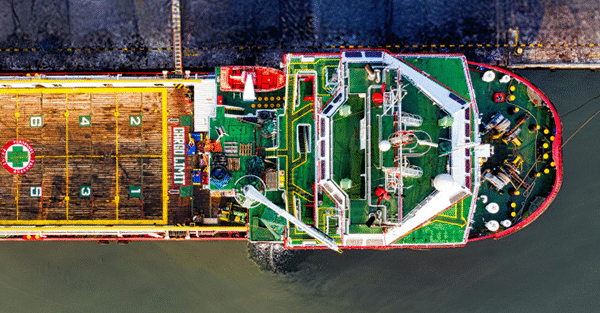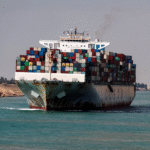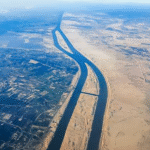Maritime Risk Management: Balancing Safety, Speed, and Cost in Global Shipping
In the maritime shipping industry, the route tankers take to transport crude oil plays a vital role in determining operational costs and overall efficiency. Two primary routes dominate this field: the Suez Canal, which presents a significantly shorter passage between Europe and Asia, and the Cape of Good Hope, favoured for its safety and avoidance of canal tolls but comes with a longer voyage. This analysis presents a balanced comparison of the voyage costs associated with these two routes for crude oil tankers.
- Cost of Transit
The Suez Canal imposes a substantial toll, varying based on the size and type of vessel, generally ranging from $30,000 to $450,000. In contrast, passing around the Cape of Good Hope incurs no direct toll costs, making it an attractive option for operators seeking to reduce upfront expenses. However, this cost advantage is offset by the additional time and fuel required for the longer journey around the Cape, which can add $50,000 to $100,000 in extra fuel costs depending on current fuel prices and tanker efficiency.
- Voyage Duration and Time Sensitivity
The Suez Canal route significantly reduces transit time by approximately 7 to 10 days compared to the Cape route. For crude oil traders, time efficiency is crucial faster deliveries can lead to competitive pricing and greater market advantage, especially during periods of high demand or volatility. Ships navigating via the Cape, however, face unpredictable weather conditions and potential delays that may further increase costs. Thus, while the Cape route saves on tolls, the extended duration can make the Suez Canal a more economical option for time-sensitive operations.
- Operational and Maintenance Costs
The longer route around the Cape demands more wear and tear on vessels due to prolonged exposure to marine conditions, leading to higher maintenance and operational costs over time. The shorter Suez route, on the other hand, allows tanker operators to maintain better fleet utilization and lower cumulative maintenance expenses. This difference becomes more significant when assessing long-term operational efficiency and vessel performance.
- Environmental and Insurance Costs
The Cape route exposes vessels to piracy-prone areas, particularly near the eastern coast of Africa, resulting in higher insurance premiums. The Suez Canal, while offering a safer and more controlled environment, presents its own environmental challenges, such as increased risks of congestion-related incidents and oil spills. Operators must weigh the trade-offs between environmental responsibility, insurance costs, and operational risk management when selecting their preferred route.
- Market Conditions and Flexibility
Geopolitical events or regional tensions can influence the accessibility and viability of either route. In instances where the Suez Canal faces disruptions, the Cape of Good Hope provides a strategic alternative, albeit at a higher cost. Similarly, market fluctuations in fuel prices and freight rates can shift the balance of cost-effectiveness between the two options. Therefore, flexibility and adaptability remain essential components of route selection strategy.
Conclusion
Choosing between the Suez Canal and the Cape of Good Hope is not a straightforward decision based solely on toll expenses. It involves a comprehensive assessment of operational costs, transit time, vessel maintenance, environmental factors, and market dynamics.
For companies like Good Face Marine Services, supporting vessels on both routes requires a deep understanding of these variables. Through reliable marine logistics, efficient provisioning, and technical expertise, Good Face Marine Services ensures that ship operators can navigate these global trade routes smoothly, maintaining efficiency and minimizing costs no matter which course they take.




